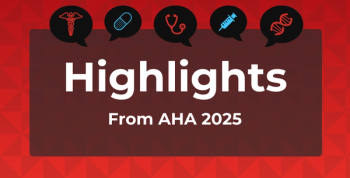
5 Things to Know as the Affordable Care Act Turns 8 Years Old
The Affordable Care Act (ACA) turns 8 years old today—here's a roundup of 5 things to know about this landmark healthcare law.
Eight years ago, on March 23, 2010, President Barack Obama signed the Affordable Care Act (ACA) into law, saying it enshrined “the core principle that everybody should have some basic security when it comes to their healthcare.” Whether you prefer to call it the ACA or Obamacare, here are 5 things to know on the law’s 8th anniversary.
1. Americans lean toward favoring the ACA
By a slight majority, more Americans support the law than oppose it, according to most polls. One, from the Kaiser Foundation, found that half of Americans support it, the same percentage as 8 years ago. The percentage hit a high of 54% last month. The number of those opposed has varied, from 35% at the time the law was signed, to a high of 54% in July, 2014, to 43% currently.
2. Americans are worried about future coverage
In related news, the Commonwealth Foundation said some of those with ACA coverage are worried they will be able to keep it. A survey at the end of last year found that 36% of Americans who have ACA health coverage and 27% of those with Medicaid are pessimistic they will be able to keep their future coverage.
Nearly half cite actions by the Trump administration or Congress to undermine the ACA as the main source of their worry.
3. The ACA reduced the population without insurance, but now it's inching up
In 2010, the percentage of people without insurance was 16.7%. Twenty million more individuals were eventually covered, whether through the marketplaces or through the expansion of Medicaid, bringing the percentage of people without insurance down to 12.2% at the end of 2017. Still, that is up 1.3% from the record low of 10.9% at the end of 2016 when President Obama left office, according to a Gallup-Sharecare Well-Being Index poll. Health Affairs said the increases in the uninsured affected all demographic groups but fell heavily on young adults, older adults, blacks and Latinos, and low-income adults.
4. The ACA isn’t perfect
The ACA had a positive effect for those with the lowest incomes, but those in the middle were squeezed if they did not qualify for subsidies. For example,
This week, the Congressional Budget Office (CBO) released a new report about the distribution of household income in 2014, including a discussion about the law’s distributive effects on income. Health Affairs highlighted the report, pointing out that those in the lowest 2 income quintiles received additional resources because of the ACA—an average of an additional $690 and $560, respectively—while those in the highest income quintile paid, on average, an additional $1100, with most of this burden falling on households in the top 1% of income.
5. More will lose health coverage, but how many?
This falls under both a known and an unknown: taking into account all factors, including
The CBO said last fall the loss of the mandate might cause 13 million to lose coverage. This week, it said adopting an insurance industry stabilization plan could cause up to
Newsletter
Stay ahead of policy, cost, and value—subscribe to AJMC for expert insights at the intersection of clinical care and health economics.









































